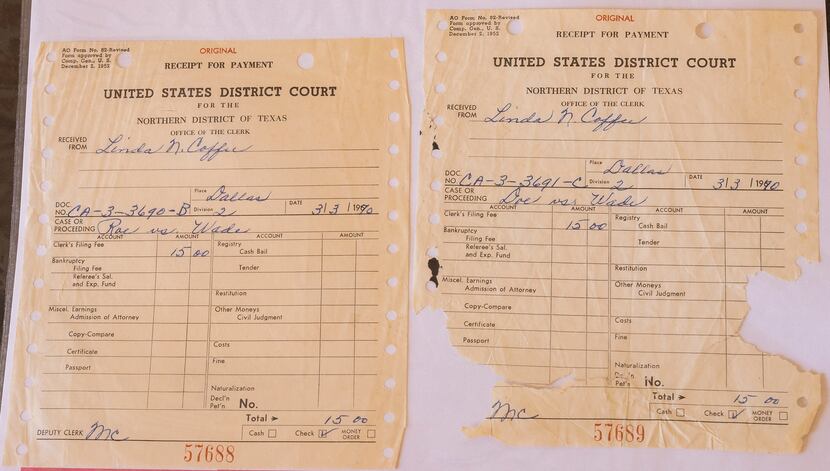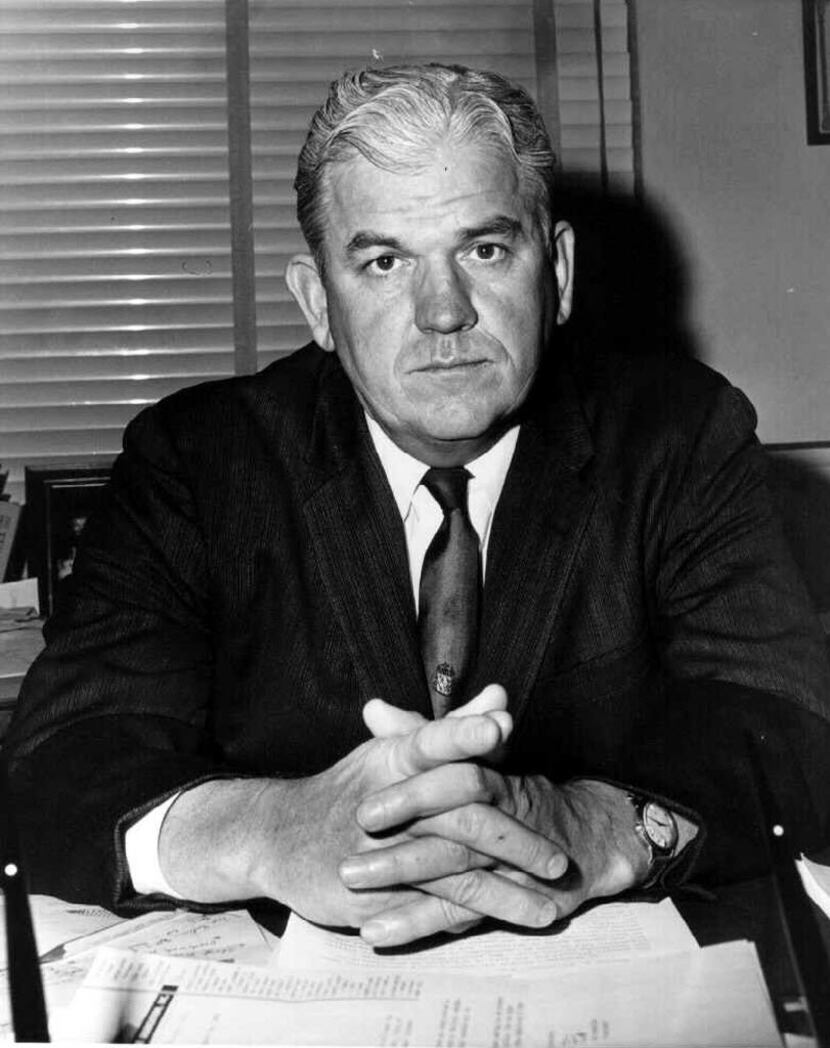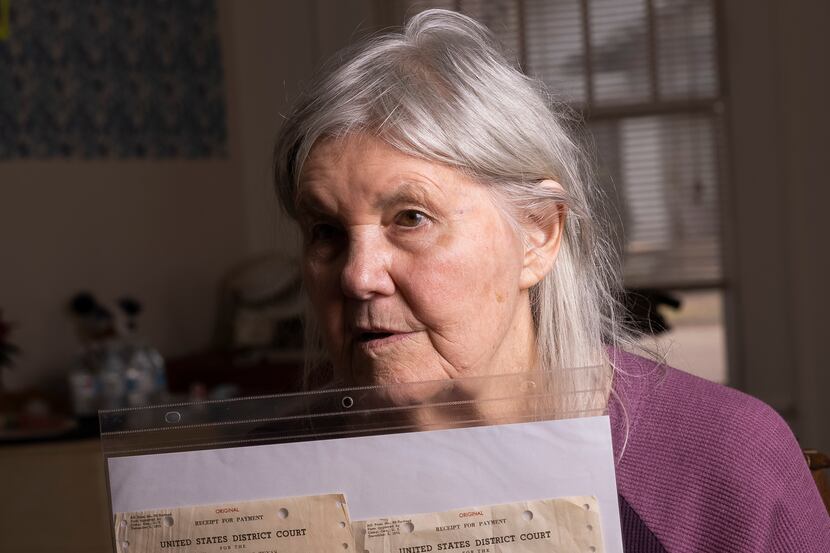The U.S. Supreme Court has issued a long-awaited ruling that effectively overturns Roe vs. Wade, the milestone case from Dallas County that preserved federal abortion rights. A leaked draft of a U.S. Supreme Court decision had provided a clear sign weeks ago that the country’s highest court could be poised to overturn the constitutional right to abortion, allowing individual states to more heavily regulate or even ban the procedure. Here’s a rundown of Roe history.
What does ‘Roe v. Wade’ refer to?
Roe vs. Wade is the name of the lawsuit filed in Dallas County that led to the landmark 1973 U.S. Supreme Court decision establishing a constitutional right to abortion in the United States. The majority opinion found an absolute right to abortion during the first trimester of pregnancy.
Lawyer Linda Coffee, who recruited Sarah Weddington as her co-counsel in the historic case, started it all in 1970 by paying a $15 filing fee to the U.S. District Court in Dallas.

Who were Roe and Wade?
Jane Roe was a pseudonym for Norma McCorvey, who was 22, unmarried, unemployed and pregnant for the third time in 1969 when she sought to have an abortion in Texas. By the time the U.S. Supreme Court ruled in her favor, McCorvey had given birth to a girl whom she placed for adoption.
Henry Wade was the district attorney of Dallas County, Texas. It was his job to enforce a state law prohibiting abortion except to save a woman’s life, so he was the person McCorvey sued when she sought the abortion.
After her death, biographer Joshua Prager said McCorvey made her living giving speeches and writing books on both sides of the abortion debate and was coached by both sides. She had conflicted feelings about each, he said, but was consistent on one point: supporting abortion through the first trimester.

What did the court decide in 1973?
The plaintiff alleged that Texas law was unconstitutionally vague and violated her constitutionally protected right to personal privacy. The question before the U.S. Supreme Court was: Does the Constitution recognize a woman’s right to terminate her pregnancy by abortion?
Justice Harry Blackmun delivered the opinion for the 7-2 majority, finding that it did indeed — although that protection had to be balanced against the government’s interests in protecting women’s health and “the potentiality of human life.” The conservative-leaning court said a woman’s decision to have an abortion during the first three months of her pregnancy must be left to her and her doctor.
What was the pre-Roe landscape in the U.S.?
At the time of Roe, abortion was broadly legal in just four states and allowed under limited circumstances in 16 others. Constitutional rights trump state laws, so the court’s decision nullified the bans in the remaining 30 states. But it did allow states to impose certain regulations during the second trimester to protect the woman’s health and take steps to protect fetal life in the third trimester.
How have later decisions altered abortion rights?
Blackmun was still on the court in 1992, when it heard Planned Parenthood v. Casey, a challenge to Pennsylvania abortion laws that included a 24-hour waiting period. The conservative-leaning court unexpectedly upheld the right to abortion —while also making it easier for states to impose regulations.
Three conservative justices — Sandra Day O’Connor, Anthony M. Kennedy and David H. Souter — co-authored the court’s main opinion in the 5-4 decision, writing: “The woman’s right to terminate her pregnancy before viability is the most central principle of Roe vs. Wade. It is a rule of law and a component of liberty we cannot renounce.″
Neither side on the abortion issue was pleased with the ruling. Since then, conservative states have been chipping away at abortion rights with laws that have engendered many more court challenges, including a recent Texas law that bans most abortions after about six weeks.
What’s the Dobbs case that toppled roe?
Dobbs v. Jackson Women’s Health Organization. It challenges Mississippi’s ban on abortion after 15 weeks.
Upholding that ban would undermine both Roe and Casey, which allow states to regulate — but not ban — abortion up until the point of fetal viability, at roughly 24 weeks. The decision, per the draft, would likely result in a patchwork of abortion laws, with some states protecting abortion and others prohibiting it outright.

